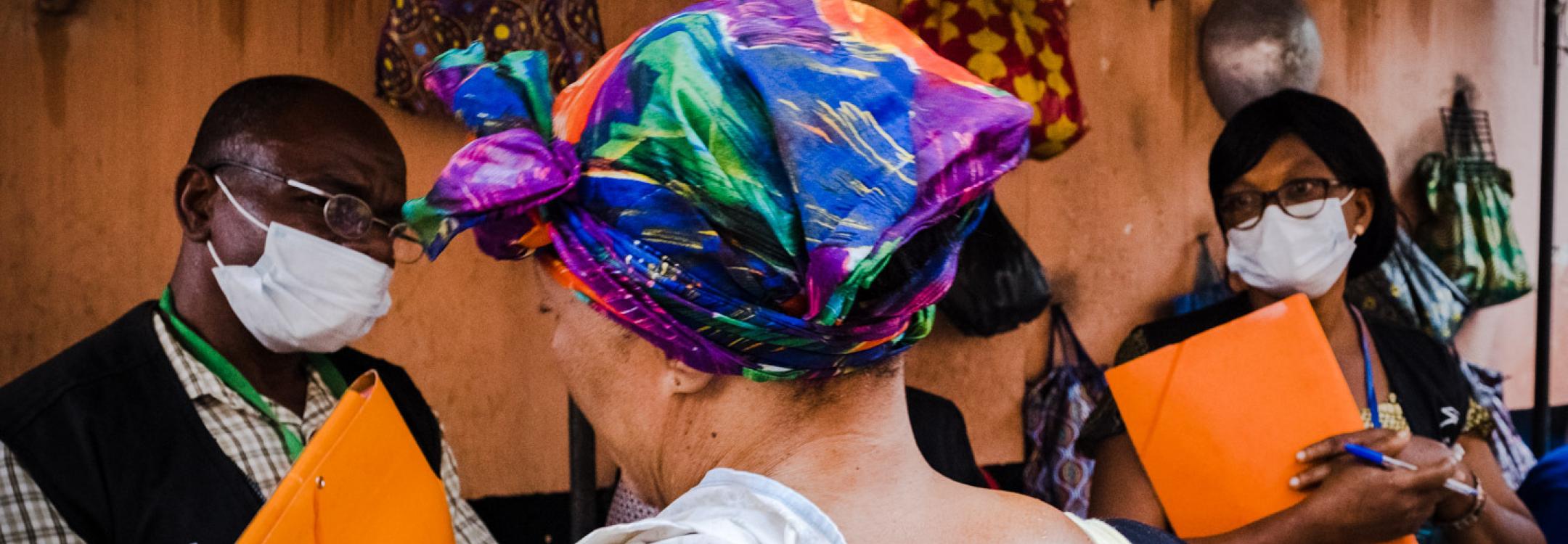Why have a programme of visits?
According to the SPT, any NPM “should plan its work and its use of resources in such a way as to ensure that places of deprivation of liberty are visited in a manner and with sufficient frequency to make an effective contribution to the prevention torture and other cruel, inhuman or degrading treatment or punishment.1 ” To this end, programmes of visits are a central planning tool, whereby NPMs schedule their visits to a series of places of deprivation of liberty (prisons, mental health institutions, but also – if relevant, deportation flights or other non-traditional “places” of detention) within a certain timeframe (usually annual, but it can be bi-annual or even trimestral). Programmes of visits should reflect the NPMs’ priorities and should include in-depth, but also thematic visits, as well as follow-up visits. It is important that programmes of visits also enable NPMs to retain some flexibility in order to be able to react to unplanned situations and to include ad hoc visits or reactive visits to their planning if necessary.
The SPT has further clarified that NPMs should “have criteria for selecting the places to be visited and for deciding on thematic visits that ensure that all places of detention are visited regularly, taking into account the type and size of institutions, their security level and the nature of known human rights problems2 .” It is also necessary that programmes of visits take into account the required time for the preparation, in particular when new areas or issues are to be monitored, as well as capacities, resources and expertise needed. During the planning stage already, NPMs should ensure that sufficient time will be allocated to each facility, based on the size of the institution and the type of visit.
